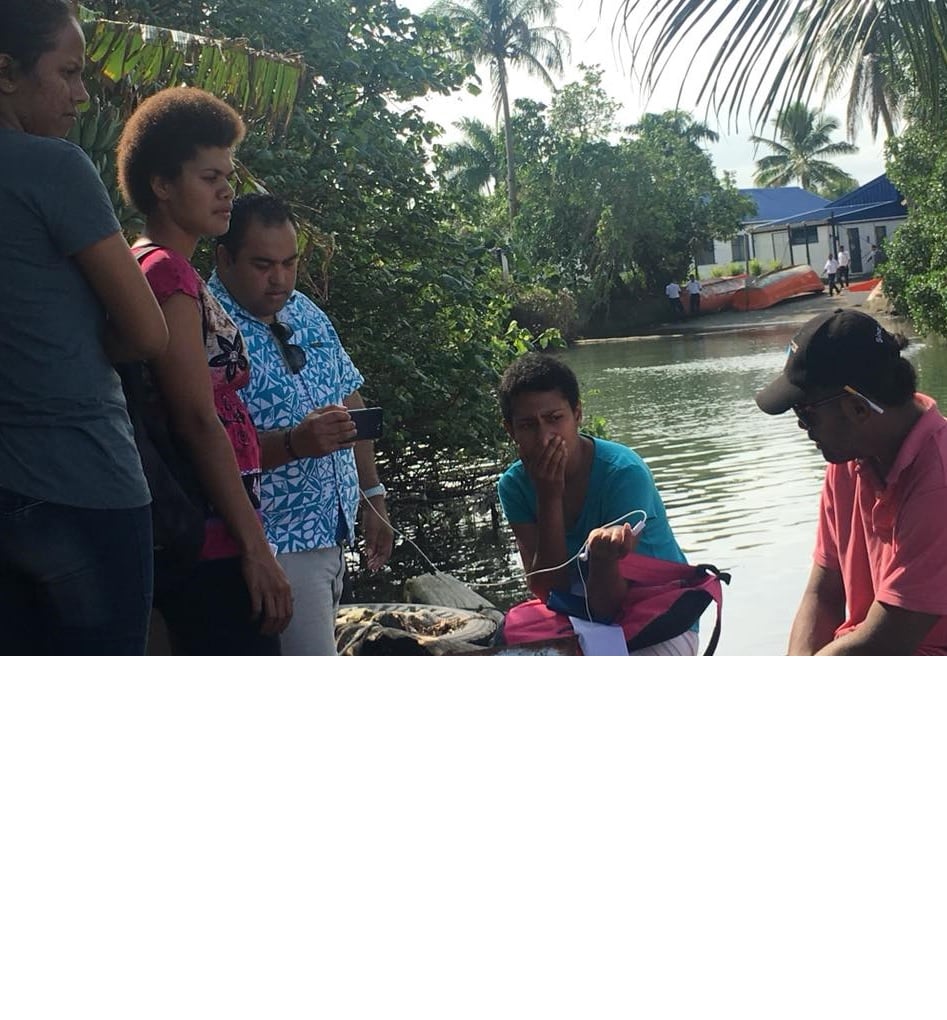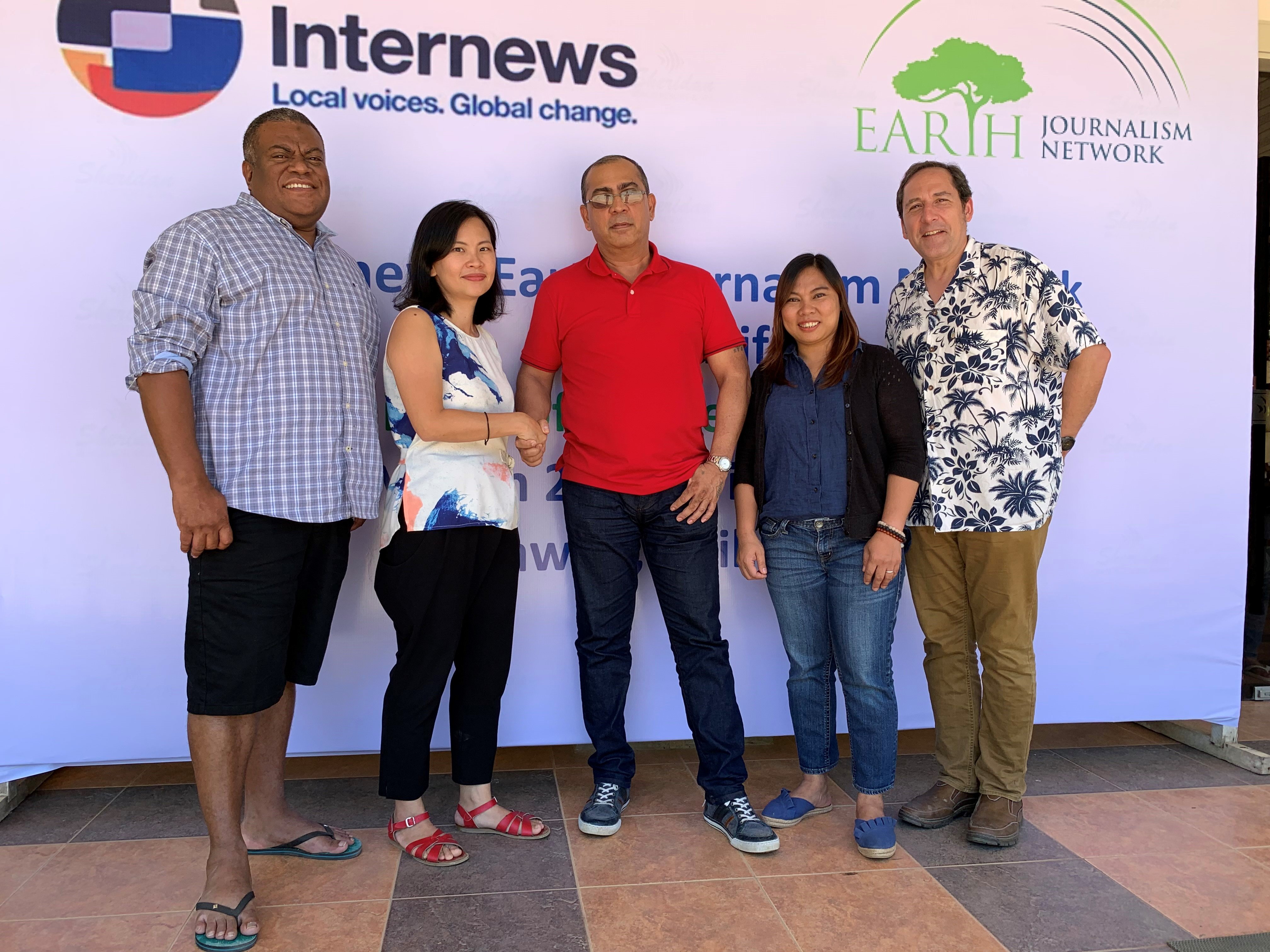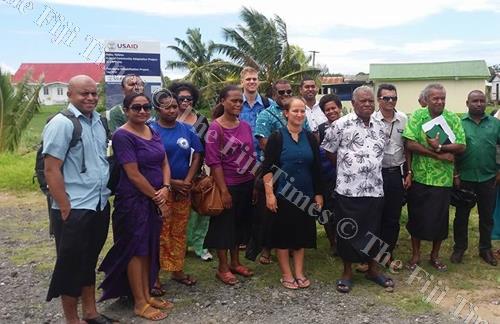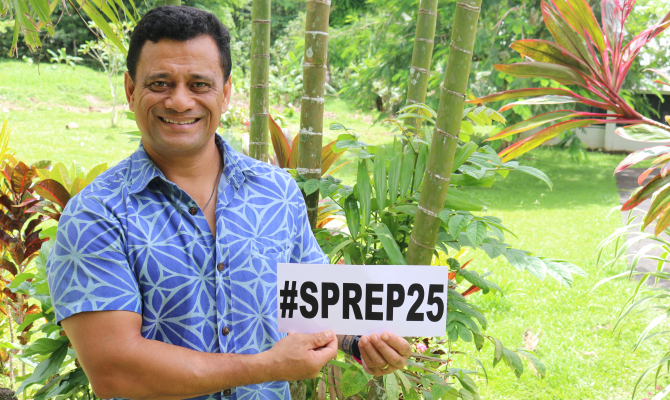Internews’ Earth Journalism Network (EJN) and The University of the South Pacific’s Journalism Programme teamed up to host a one-day workshop on mobile journalism (also called “mojo”) for environmental reporting at the Laucala campus in Suva this week.
More than 25 journalism students participated in the workshop, which introduced students to the principles and techniques of using mobile phones to produce video news stories on environmental and climate change issues.
Internews Earth Journalism Network content coordinator for the Philippines and the Pacific region, Imelda Abano, said mobile journalism (mojo) was increasingly used by professional journalists.
She said the workshop built on USP’s past video storytelling lectures and aimed to reinforce those skills and introduce more advanced techniques to student journalists.
“The workshop also provided students with more opportunities to practise and share their video stories on climate change, rising seas and other environment-related issues taking place in their communities,” Ms Abano said.
The USP Journalism Programme coordinator Dr Shailendra Singh said the collaboration with Internews Earth Journalism Network as well as the Pacific Environment Journalists Network (PEJN) was an opportunity to broaden the students’ exposure and learning experience.
“It’s good to see an international media developmental organization like Internews spreading out to the Pacific, where we face pressing environmental problems that are getting worse. As the media audience demand more multimedia content, journalists have to be more creative when it comes to telling stories. Mobile phones, in particular, offer a myriad of new possibilities,” said Dr Singh.
“Such a workshop is pertinent for USP Journalism, which hosts students from several Pacific Island countries. Journalism schools and media organizations in these countries struggle to acquire expensive broadcast equipment, such as television cameras. Mojo can help overcome resource constraints.”
Lice Movono, a member of PEJN, said mobile journalism aims to expose young journalists to work beyond boundaries.
“Mojo means you can tell the story in the way it needs to be told effectively. In environmental reporting, the use of mojo is encouraged to increase the amount of stories about the Pacific written by Pacific Island journalists,” Movono said.
One of the major challenges faced by the PEJN in reporting environment or climate change issues, according to Movono, was getting priority over other stories such as rugby and politics.
“Our stories are always pushed to the middle of the newspaper and to later bulletins for TV or radio. The irony of that situation is that the environmental degradation of this planet is felt more prominently in the Pacific than anywhere else,” she said.
Final-year journalism student Semi Malaki, who is also the editor of the student training newspaper Wansolwara, said the mojo techniques broadened his knowledge on how to effectively highlight environmental issues, particularly the impact of climate change on his island home, Tuvalu.
Participants also engaged with residents of Korova settlement along Queen Elizabeth Drive as part of an excursion to explore the impact of climate change on vulnerable communities. The. best video stories and documentaries produced from this workshop and field visit will vie for the Internews Earth Journalism Network’s best mobile journalism video award at the annual USP Journalism Awards in October.
* Kaelyn Dekarube (Nauru) is a final-year journalism and management student at The University of the South Pacific in Suva.
originally posted USP’s Wansolwara News on July 26, 2018




